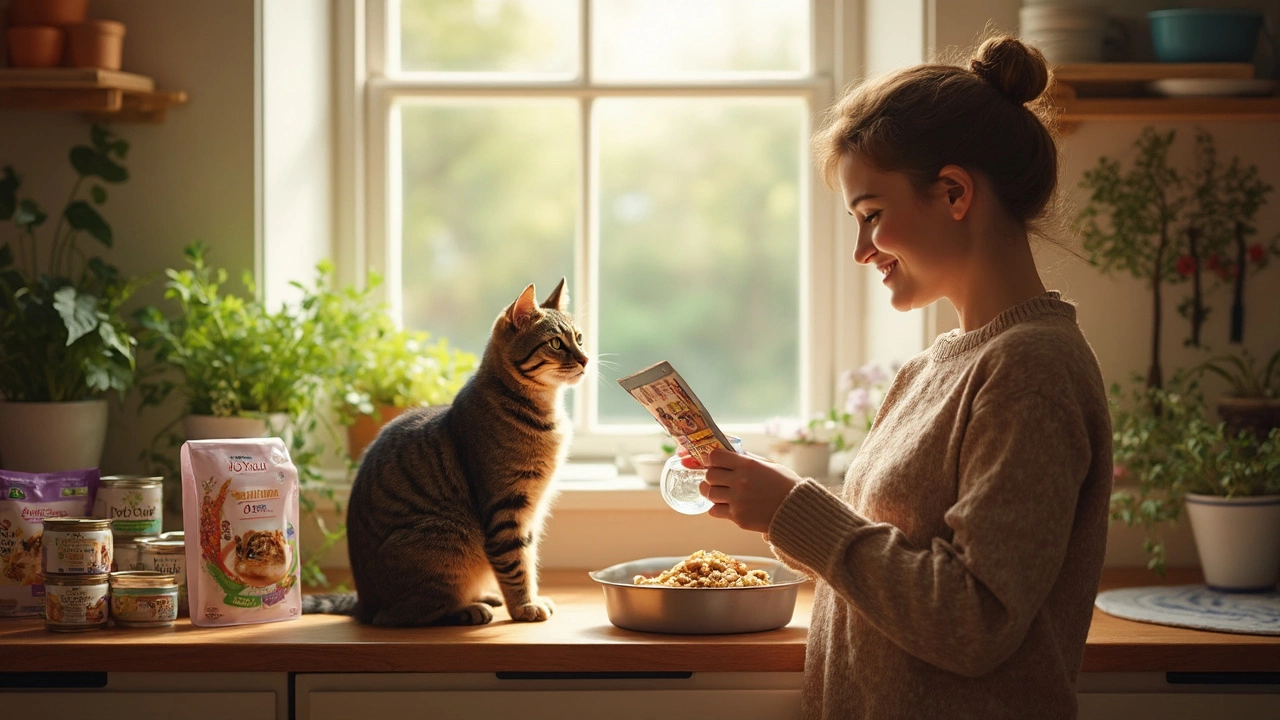Best Food for Cats – Top Picks & Buying Guide
If you’ve ever stared at your cat’s bowl wondering if you’re feeding the right thing, you’re not alone. Cats have very specific nutritional needs, and the market is flooded with choices that can feel overwhelming. This guide cuts through the noise, giving you straight‑forward advice on what to look for, which ingredients matter, and how to match food to your cat’s lifestyle.
Understanding What Makes Good Cat Food
First off, cats are obligate carnivores. That means they need animal protein to thrive. Look for a named meat source (like chicken, turkey, or salmon) as the first ingredient. Avoid vague terms such as "meat meal" or "animal digest" unless the label specifies the source.
Moisture matters, too. Wet food typically contains 75‑80% water, which helps with hydration and mimics the moisture cats get from hunting. Dry kibble is convenient and can be left out longer, but it shouldn’t be the sole source of nutrition if your cat drinks very little water.
Watch out for filler carbs like corn, wheat, or soy. Cats don’t need large amounts of carbs, and excessive fillers can lead to weight gain or digestive upset. A good formula will keep carbs under 10% of the guaranteed analysis.
How to Choose the Right Food for Your Kitty
Start with your cat’s age and health status. Kittens need higher calories, protein, and DHA for brain development, so look for “kitten” or “growth” formulas. Adult cats do well on maintenance formulas with balanced calories. Senior cats often benefit from joint support additives like glucosamine and reduced phosphorus.
If your cat has a sensitive stomach or food allergies, consider limited‑ingredient recipes that focus on a single protein source and exclude common allergens such as dairy or grain. You can also try a novel protein like duck or rabbit.
Raw diets have gained popularity, but they require careful handling to avoid bacterial contamination. If you’re curious, start with a pre‑made, freeze‑dried raw line that’s been tested for pathogens.
Price isn’t the only indicator of quality, but extremely cheap brands often cut corners on ingredient sourcing. Mid‑range brands that source meat from reputable farms usually hit the sweet spot between nutrition and cost.
Finally, test it out. Buy a small bag or a few cans, monitor your cat’s energy, coat condition, and litter box habits. If you see improvements, you’ve likely found a winner. If not, keep tweaking until you hit the right match.
Remember, the best cat food is the one your cat actually eats and that keeps them thriving. Use these guidelines as a roadmap, and you’ll feel confident navigating the aisles or online stores. Happy feeding!
Posted By Bryndle Redding On 31 May 2025 Comments (0)
Best Food for House Cats: What Should They Really Eat?
Choosing the best food for your house cat can feel overwhelming with so many options out there. This article walks you through what cats actually need in their diets, how to spot good and bad cat foods, and easy tips for daily feeding. You'll find practical advice backed by real-life experience and simple facts. From wet versus dry food to understanding labels, discover what keeps your cat happy and healthy at every meal.
READ MORE